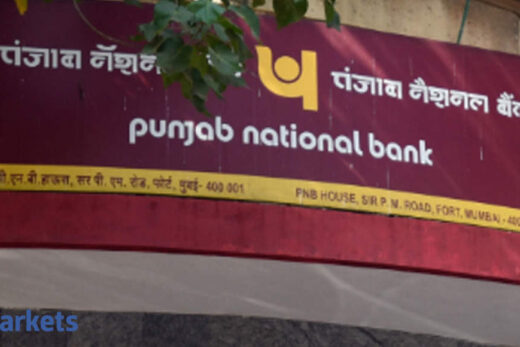The central bank introduced a “scale-based regulation”, aimed at mitigating any systemic risk amid looming fear of bad loan rise post the pandemic.
“NBFCs can fix more conservative limit,” the central bank said in a notification Friday. There shall be a ceiling of ₹1 crore per borrower for financing subscription to Initial Public Offer (IPO).”
This means, a traditional practice of borrowing money to invest in IPOs and exit through first-day listing gains will likely cease beginning next fiscal. It is known as ‘leveraging’ in market parlance. However, hotshot upcoming IPOs like Paytm or Nykaa will carry on with the tradition this year.
“Number of subscriptions (oversubscriptions) in the HNI category will come down which will benefit the price discovery process on the listing day,” said Dharmesh Mehra, CEO DAM Capital. Currently, those subscribers on leverage dump on the first day itself,” he said.
The Reserve Bank of India set a framework for non-banking finance companies dividing them in four distinct categories as it aims to bring regulatory parity with bank regulations. Those include Base Layer, Middle Layer, Upper Layer and Top Layer.
NBFCs marked as investment and credit companies, microfinance institutions and factoring companies will have to raise net owned funds – sum total of equity capital and free reserves – to Rs 10 crore by March-end, 2027 from existing Rs 2-5 crore.
Regulatory minimum Net Owned Fund (NOF) for NBFC-ICC, NBFCMFI and NBFC-Factors shall be increased to ₹10 crore through a glide path, the central bank said.
NBFCs falling in the first category will now need to recognise bad loans following the bank standard of 90-day overdues. This will be done in three phases until the end of financial year 2026 by which time, those last-mile lenders will be on par with banks in classifying sour assets.
“While this shall harmonize the prudential norms for these NBFCs with that for banks and other large NBFCs, what remains to be seen is how soon these NBFCs are also given the associated relief / benefits in matters relating to taxation and recovery like banks,” said Raman Aggarwal, Area Chair NBFCs, Council for International Economic Understanding (CIEU).
The first category primarily entails non-deposit taking NBFCs below the asset size of Rs 1,000 crore. Those are the lenders not availing public funds without any customer interface.
The second category are all deposit taking NBFCs irrespective of asset size. Even deposit taking entities with benchmark size of Rs 1,000 crore.
The third or Upper-Layer will comprise of the top ten eligible ones in terms of their asset size.
Depending on sudden risk factors RBI can move Upper Layer companies to Top or fourth category citing systemic risk.
“The extant credit concentration limits prescribed for NBFCs separately for lending and investments shall be merged into a single exposure limit of 25% for single borrower/ party and 40% for single group of borrowers/ parties,” RBI said.



